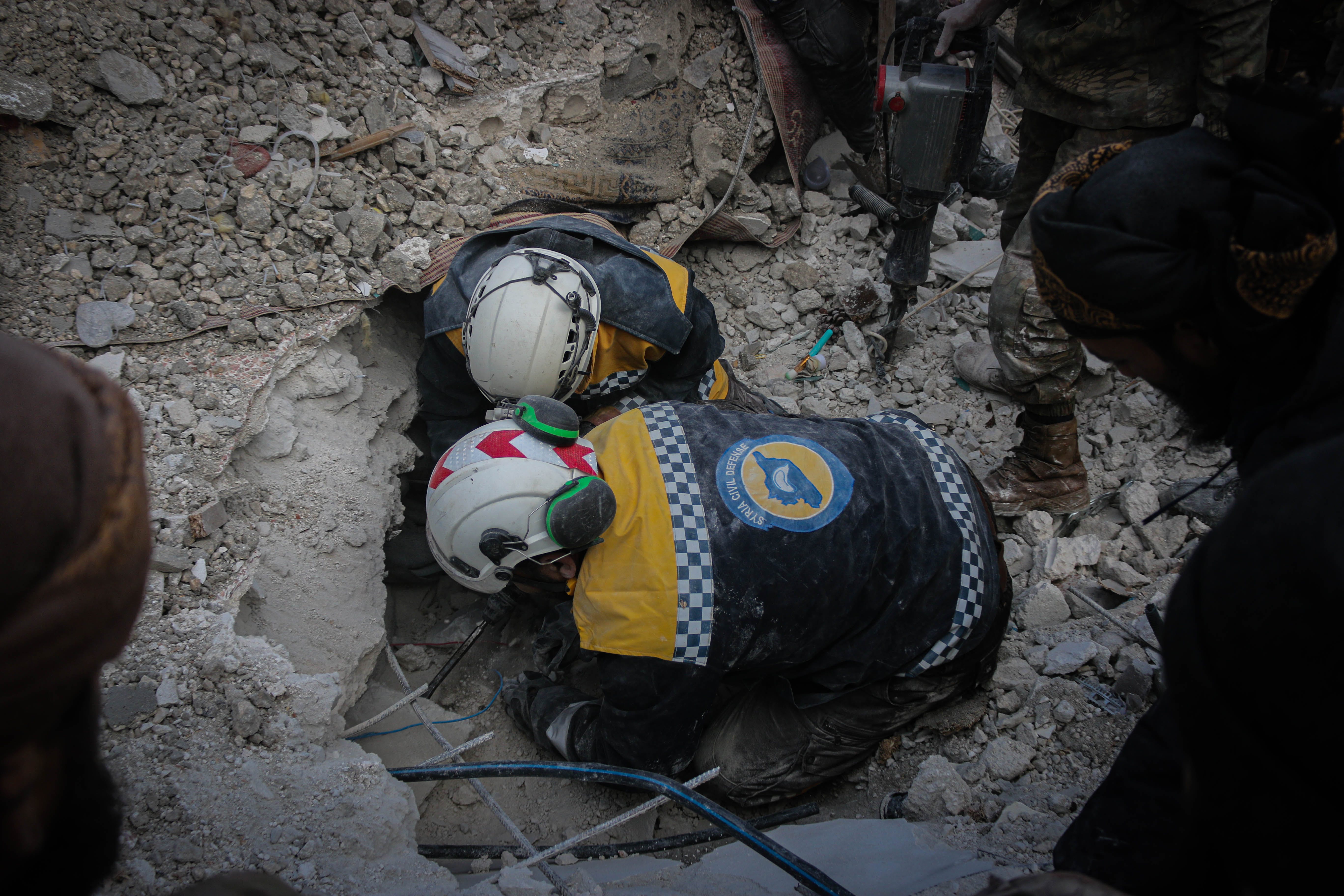The increasing number and scale of protracted crises across the world is testing the capacity of the humanitarian sector to respond effectively and meet the needs of vulnerable populations.
According to the World Bank, the number of people living in fragile and conflict-affected situations is projected to increase to 46% of the global population by 2030. An unprecedented number of people have been forcibly removed from their homes worldwide, with UNCHR estimating that 65.6 million individuals were forcibly displaced at the end of 2016 as a result of persecution, conflict, violence, or human rights violations. Evidently, the humanitarian sector cannot address crises of such magnitude and complexity alone.
The 2030 Agenda for Sustainable Development
The 2030 Agenda for Sustainable Development is the United Nation’s plan of action to combat global challenges that encompass some of these issue. The agenda is comprised of 17 ambitious Sustainable Development Goals (SDGs) that touch on a wide range of global economic, social and environmental objectives. The SDGs were at the forefront of the 72nd session of the UN General Assembly and the Global Goals Week side-events in New York this September. Throughout these discussions, humanitarian actors were among those identified as playing a role in facilitating the achievements of the SDGs.
Successful achievement of the goals by 2030 is dependent upon the concerted efforts by all stakeholders including governments, INGOs and the private sector. Central to Goal 17, Partnership for the Goals, is the idea that the SDGs can only be achieved through collective action. From this perspective, the commitment and cooperation of humanitarian actors is imperative to the achievement of the SDGs and focusing efforts on realising the agenda is key to building resilience to and preventing complex emergencies.
However, despite humanitarian actors being identified as sharing responsibility for the implementation and achievement of the agenda, some practitioners have expressed concern that the SDG agenda is not an appropriate accountability framework for humanitarian action. They have prompted serious questions about the scope and applicability of the SDG framework to humanitarian response. For example, is it the responsibility of humanitarians to pursue such goals as Goal 1, No Poverty, or Goal 16, Peace, Justice and Strong Institutions, or would this undermine principled humanitarian action?
Transcending the development and humanitarian divide
Traditionally, there have been clear distinctions between the development and humanitarian bodies of thought. Development is generally perceived as focusing on long-term systematic changes and is inherently political, whereas humanitarian aid is targeted to meet immediate needs and is underpinned by humanitarian principles in order to save lives and alleviate suffering. This distinction means that humanitarian and development workers subscribe to different principles and objectives.
However, the dichotomy between the humanitarian and development sectors is arguably increasingly blurred in practice, particularly in regions experiencing protracted crises like the Pacific, where rather than armed conflict there is entrenched inequality. In these settings, governments and aid workers alike see the separation of sectors as artificial at best and unhelpful at worst.
The Report of the Secretary-General for the World Humanitarian Summit, held in Istanbul in 2016, identified the need to transcend the traditional humanitarian-development divide and work together in pursuit of the SDGs. Ban Ki-moon explained that sustainably improving lives through a people-centered approach is necessary to avoid dependence on short-term aid.
“Humanitarian actors need to move beyond repeatedly carrying out short-term interventions year after year towards contributing to the achievement of longer-term development results.”
– Report of the Secretary-General for the World Humanitarian Summit
Ban Ki-moon’s calls to align and merge the work of humanitarian and development actors were not without criticism. In their high profile withdrawal from the WHS, Médecins Sans Frontières released a statement condemning the summit’s focus on incorporating ‘humanitarian assistance into a broader development and resilience agenda.’ MSF expressed concerns that the focus of the WHS on doing aid differently threatened to ‘dissolve humanitarian assistance into wider development, peace-building and political agendas.’
Despite these concerns, a major outcome of the WHS was the New Way of Working Initiative, which aims to remove unnecessary barriers to collaboration between humanitarian and development actors, governments, non-governmental organisations and the private sector. The initiative is premised on the notion that pursuing the SDGs, by utilising the comparative advantage of a range of actors, can help reduce both humanitarian and development, without compromising humanitarian principles.
“Nothing should undermine the commitment to principled humanitarian action, especially in situations of armed conflict, but there is, at the same time, a shared moral imperative of preventing crises and sustainably reducing people’s levels of humanitarian need, a task that requires the pursuit of collective outcomes across silos.” – UNOCHA
Another relevant outcome of the WHS was the Peace Promise, which referred to what has been coined the humanitarian-development-peace nexus. The United Nations and the World Bank launched the Humanitarian-Development-Peace Initiative (HDPI) in response to calls to strengthen collaboration between these sectors on the SDGs. The initiative is intended to bridge the divide between complementary efforts in volatile situations, particularly in protracted crises and post-crisis situations.
In an independent think piece, a number of high profile aid agencies responded to questions raised in relation to transcending this divide. They explained that the feasibility of linking humanitarian, development and peacebuilding processes is context dependent and requires a spectrum approach in order to be consistent with humanitarian principles. For example, closer cooperation in analysis, programming and planning is needed in protracted and high risk scenarios, whereas traditional emergency humanitarian response is better suited to acute active conflict.
Common to these initiatives is a recognition that the current unprecedented global humanitarian need can only be effectively addressed through the cooperation of humanitarian and development actors, and that such cooperation is necessary to successfully achieve both the Agenda for Sustainable Development and the Agenda for Humanity. What remains clear is that great care must be taken to ensure that efforts to bridge the humanitarian-development divide do not come at the cost of principled humanitarian action.






